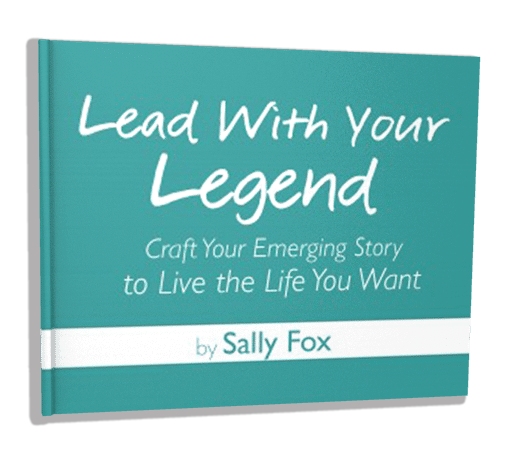
While preparing for my about-to-launch art show, a friend helping me (Thanks, Kymm!) created a checklist to guide my work. On it were little boxes with the many tasks before me. My first reaction was, “But, I know this. already.” Then, I realized she’d given me a great gift that would ease my mind as I tried to remember all I needed to do.
A few years ago, I read (and wrote about) Atul Gawande’s groundbreaking book The Checklist Manifesto. I had forgotten, though, how powerful a checklist can be in helping us navigate routines and processes
Gawande is a physician who later wowed the world with his seminal book on end-of-life issues, Being Mortal.” But before he did that, he helped revolutionize the medical, aeronautics, and financial industries with this very straightforward tool.
Ever wonder why the staff repeatedly asks you for your name when you enter the hospital? While I get tempted to say, “Don’t you know it by now?” or “I’m here for a vasectomy,” I understand they are following protocol.” Ask name, birthdate, and why the patient is there” is probably on a checklist. (It’s hard to imagine, but people do get operated on for the wrong thing. )

Thanks to Gawande’s work, the checklist has become part of safety and efficiency protocols in many fields. Because, as Gawande argued:
“the volume and complexity of what we know has exceeded our individual ability to deliver its benefits correctly, safely, or reliably…”
A checklist gives some simplicity and linearity to a world that feels increasingly complicated.
For, as I tell myself, “I carry around too far much stuff in my head to consistently remember what I probably know.”
Confessions of a creative mess-maker
When I’m in my most creative mode, my right brain is in high gear. From that happy place, I create chaos—and often thrive on it. I follow the flow of my intuition and emotions. I make messes. I zig and zag as I follow the flow of my intuition and emotions. I sometimes feel like I’m entering an altered space. When I’m lucky, that leads to interesting art.
It can also lead to unnecessary difficulties. I waste brushes by leaving them out on my table to dry, immortalizing the acrylic paint remaining on them. Sometimes, I can’t find my paints, let alone my tools.

I can justify some of those challenges in the name of “creative process.” But when it comes to hanging an art show, I need a brain reset. It’s time to dust off my left brain and give my right brain a break. Linearity, simplicity, and routine begin to look good.
My left brain heaves a sigh of relief at the mere mention of a checklist.
It feels objective and comforting. Even if my emotions are pogo-jumping around worrying how people will view my art, the list calms me and lets me move ahead one-step-at-a-time.
Armed with a checklist, I can travel methodically without reinventing a process. And now that I have a checklist, I can use it for my next art show!
In a jangly world
I know that many of us are feeling jangled about what’s happening in today’s world. My brain overloads with the enormity of just doing my life, let alone thinking about the planet.
Or maybe it’s my age. Truthfully, I can’t keep as many details in my head as I once did (or pretended I did). The checklist helps calm down my worries that I’m forgetting things and supports my memory management.
I suppose one could get obsessive about checklists—but that’s not likely to be my problem. Because there’s still one critical item I frequently forget:
- Read the checklist.
Check that!









